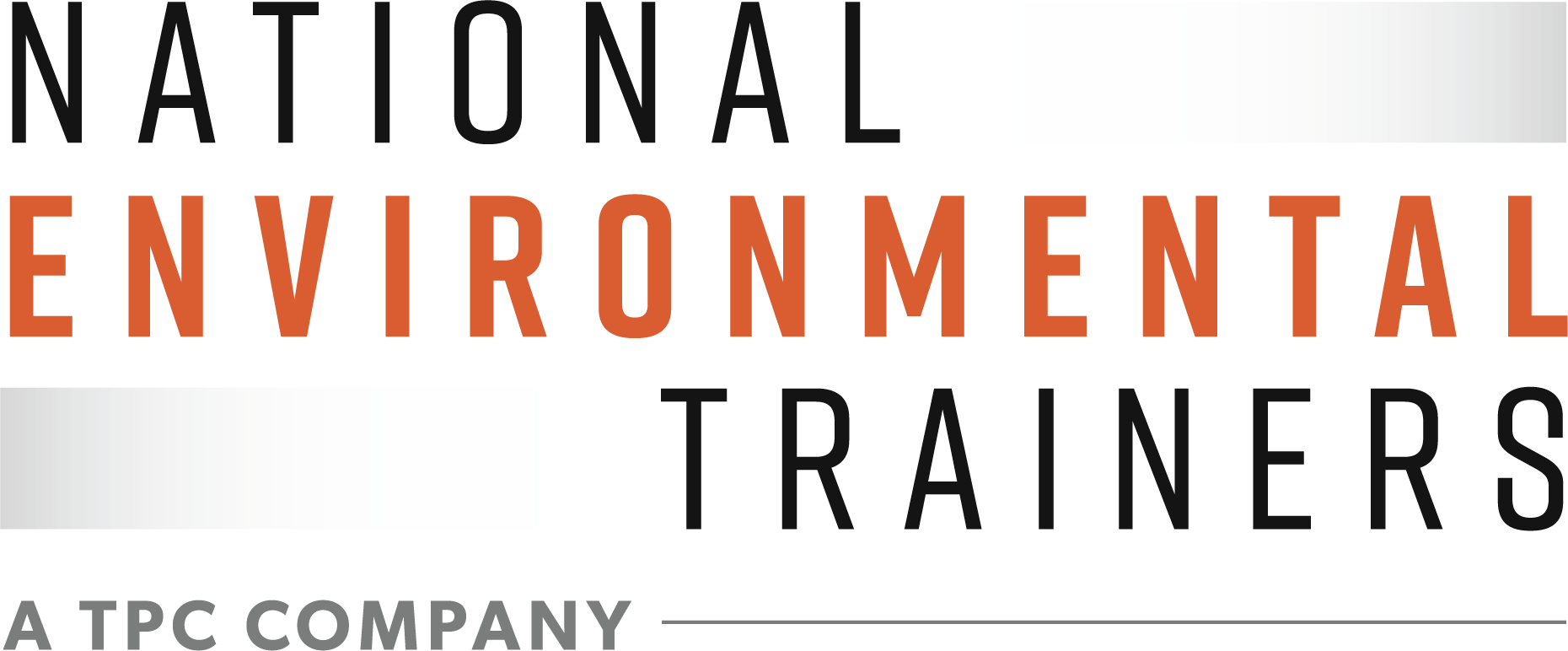What are the RCRA Regulations?
What are the RCRA Regulations?
If your company is in the business of managing hazardous or non-hazardous solid waste, you need to know the framework of the Resource Conservation and Recovery Act, commonly known as RCRA.
History of RCRA
In 1976, the US Congress passed the Resource Conservation and Recovery Act (RCRA) mandating the Environmental Protection Agency (EPA) to develop and implement a program to protect human health and the environment regarding hazardous and non-hazardous solid waste. Congress enacted RCRA in 1976 as an amendment to the Solid Waste Disposal Act of 1965, the first federal statute to address solid waste. There are several amendments to RCRA, the most important being the Hazardous and Solid Waste Amendments (HSWA) of 1984. In general, the RCRA program established:
- Definitions of solid and hazardous wastes
- Design and operational requirements for landfills, incinerators, and Underground Storage Tanks (USTs)
- Design, operation, and management requirements for hazardous waste handling and storage containers and structures
- A permitting system for entities that create, manage, transport, treat, or dispose of hazardous wastes, including requirements for cleanup of any releases and financial bonding to ensure the availability of funds for possible future cleanups
- A cradle-to-grave manifest system used to track hazardous waste.
EPA RCRA Regulations are found in Title 40 of the Code of Federal Regulations, Parts 239 through 282. A complete list of these regulations can be accessed online.
State environmental protection agencies may implement their RCRA programs after receiving approval from the EPA. Although these approved state programs operate in lieu of the federal program, EPA retains regulatory oversight over every state program. Although approved programs must provide at least equivalent protection as the federal RCRA standards, states have some flexibility with their own programs. Although no state program can be less restrictive than federal regulations, states may create more stringent requirements by law, rule, or interpretation. Further details on state programs can be found at: https://www.epa.gov/rcra/state-authorization-under-resource-conservation-and-recovery-act-rcra
Generators of Hazardous Waste
The liability for generation of hazardous waste will always stay with the generator. Hazardous waste generators are divided into three categories:
- Conditionally Exempt Small Quantity Generators (CESQGs)- Generate less than 100 kg (220 lbs) of hazardous waste, or less than 1 kg (2.2 lbs) of acutely hazardous waste per month.
- Small Quantity Generators (SQGs)- Generate between 100 kg (220 lbs) and 1,000 kg (2,200 lbs) of hazardous waste per month. You may accumulate no more than 6,000 kg of hazardous waste on your site for up to 180 days before the waste must be shipped to a treatment, storage or disposal (TSD) facility. If the nearest TSD facility is over 200 miles away, you may accumulate your waste for up to 270 days. You are allowed to accumulate your waste for as long as 180 or 270 days so that you will have time to accumulate enough hazardous waste to economically ship it off-site for treatment or disposal. You can accumulate hazardous waste in 55-gallon drums, tanks, or other containers compatible with the type of waste generated if you follow certain common-sense rules that are meant to protect human health and the environment, and reduce the likelihood of damages or injuries caused by leaks or spills of hazardous wastes. If you exceed these time or quantity limits, you will be considered a hazardous waste storage facility. Hazardous waste storage facilities must first obtain a hazardous waste storage permit and must meet all of the RCRA facility requirements before storing hazardous waste for periods greater than allowed for generators.
- Large Quantity Generators (LQGs): Generate over 1,000 (kg) (2,200 lbs) of hazardous waste, or over 1 kg (2.2 lbs) of acutely hazardous waste per month. You may accumulate hazardous waste on your site for up to 90 days, before the waste must be shipped to a TSD facility. You can accumulate hazardous waste in 55-gallon drums, 85 gallon overpacks, tanks, or other containers compatible with the type of waste generated if you follow certain common-sense rules that are meant to protect human health and the environment, and reduce the likelihood of damages or injuries caused by leaks or spills of hazardous wastes. If you exceed this time limit, you will be considered a hazardous waste storage facility. Hazardous waste storage facilities must first obtain a hazardous waste storage permit and meet all of the RCRA facility requirements before storing hazardous waste for periods greater than allowed for generators.
It is important to note that employers must provide their employees with required training for each category before engaging in hazardous waste activities with regard to identification, segregation, labeling, and handling and disposal of waste materials.
For more detailed information, employers should review all RCRA requirements at the following EPA website: https://www.epa.gov/rcra
Also, a helpful RCRA orientation manual may be downloaded here.The manual comprises seven sections plus appendices:
- Introduction to the Resource Conservation and Recovery Act
- Managing Solid Waste - RCRA Subtitle D
- Managing Hazardous Waste - RCRA Subtitle C
- Moving Forward: Materials Management and Resource Recovery
- Miscellaneous Statutory Provisions
- RCRA and its Relationship to Other Environmental Statutes
- Public Participation in the RCRA Program.
Register for RCRA Hazardous Waste Generator Online Training
If you or your employees need RCRA Hazardous Waste Generator training, you can register as an individual or as a group with National Environmental Trainers. View physical and on-site requirements plus other information on the course page.

